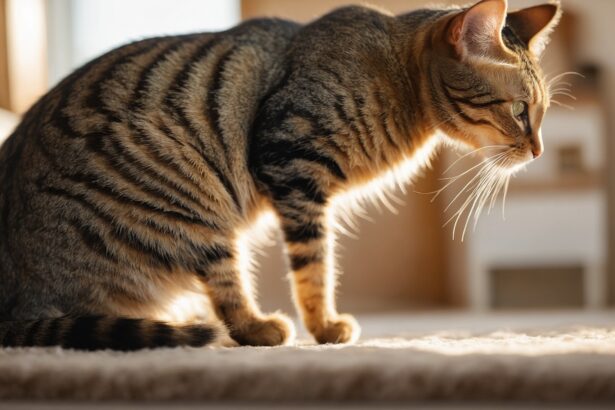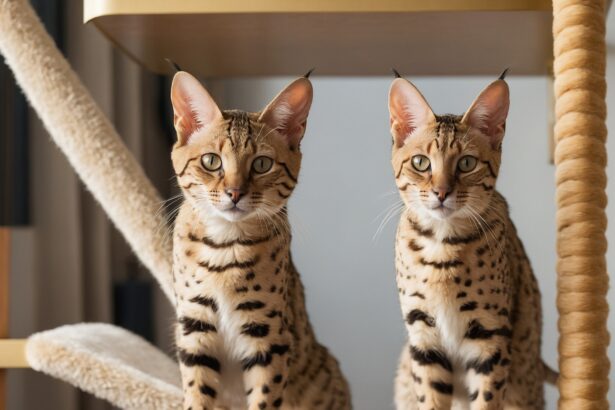Catnip, decoded: what it really is
Catnip (Nepeta cataria) is a fragrant herb from the mint family. Its secret weapon is nepetalactone, an aromatic compound that tickles a cat’s scent receptors and sparks that famous roll–rub–zoomies routine.
Not all felines feel the magic, though. Sensitivity is genetic and typically shows up around 3–6 months of age. Curious why some cats swoon while others shrug? Here’s a friendly deep dive into why cats love catnip (and why some don’t).
Who reacts—and why genetics matters
Classic research suggests the catnip response has a hereditary basis (Todd, 1962; Journal of Heredity). See the abstract: Journal of Heredity.
Modern observations also show many cats respond to similar plants like silver vine and valerian, which can win over some catnip “non-responders.” A useful overview is available in BMC Veterinary Research: Bol et al., 2017.
Benefits for body and mind
Used thoughtfully, catnip is a tiny herb with big potential. It helps kitties blow off steam, spark play, and relax after a long day of supervising humans.
- Play boost: Encourages chasing, batting, and pouncing—great for indoor exercise.
- Stress support: Many cats show calmer, contented behavior post-play.
- Enrichment: Freshens up toys, scratchers, and cat trees to keep boredom at bay.
- Training helper: A sprinkle on a scratch post can redirect claws to the right spot.
If your cat struggles with tension, learn to recognize the gentle but telling signs of feline stress so you can use catnip at the right moments.
A surprising fact
Big cats can enjoy catnip too—yes, even lions and tigers have been known to rub and roll like oversized kittens. And silver vine often entices cats that ignore catnip altogether.
How to offer catnip safely
Choose the right form
- Dried loose leaves: Perfect for sprinkling on a mat, scratcher, or inside toys.
- Fresh Nepeta cataria: Grow a pot by a sunny window for occasional nibbling and sniffing.
- Refillable toys: Stuff with fresh catnip for reusable, mess-free fun.
- Sprays: Handy for quick refreshes—great on scratchers or play tunnels.
Dose, frequency, and storage
- Start small: Offer a pinch (about 1/8 tsp) or a brief sniff session.
- Timing: The playful “high” usually lasts 10–15 minutes, followed by a 1–2 hour cooldown.
- Frequency: 2–3 times per week keeps interest high without overdoing it.
- Storage: Keep catnip airtight, in a cool, dark place. Freezer storage preserves potency beautifully.
- Avoid essential oils: Concentrated oils can be irritating and are not the same as the safe, dried herb—stick to cat-specific products.
While you’re in safety mode, review common household greens and plants that are toxic to cats so your greenery and your kitty live happily together.
Smart home tip
Make a “catnip marinade” jar: Pop clean toys into a glass jar with 1–2 tbsp of dried catnip, seal it, and leave overnight. Next day, remove toys (no mess!) and freeze the jar to lock in freshness. Rotate toys weekly for endless novelty.
Common mistakes to avoid
- Mixing catnip into daily meals: It can dull the novelty and sometimes upset tummies—reserve it for play and enrichment.
- Unlimited access: Too much can lead to mild GI upset; keep sessions short and sweet.
- Over-spritzing: Catnip spray is great, but more is not better—one or two spritzes is plenty.
- Stale stash: Old catnip loses punch fast; refresh every few months.
If your feline gets a sensitive tummy, this quick guide on why cats vomit can help you tell a harmless blip from a vet-worthy concern.
Special cases and gentle alternatives
- Kittens: Many under 3–6 months don’t react yet—give them time.
- Seniors: Keep sessions shorter and softer; try gentle play mats over high jumps.
- Health and pregnancy: If your cat is pregnant or has a medical condition, ask your vet before introducing new herbs or intense play.
- Alternatives: Silver vine, valerian root, or Tatarian honeysuckle can charm catnip skeptics. Introduce one at a time and observe calmly.
FAQ
Is catnip safe for kittens?
Yes, it’s considered safe, but many kittens under 3–6 months won’t react. Offer tiny amounts, supervise, and focus more on gentle, age-appropriate play.
How long does catnip last and how often should I give it?
The fun typically lasts 10–15 minutes, then your cat needs 1–2 hours before responding again. 2–3 sessions per week keeps it special and effective.
Can a cat overdose on catnip?
Catnip isn’t addictive, but eating too much can cause mild vomiting or diarrhea. Keep portions small and stop if you notice any tummy troubles.
Cat grass vs catnip: what’s the difference?
Cat grass is for nibbling and may aid digestion; catnip is for sniffing and play. Both are great enrichment, but they work in very different ways.






